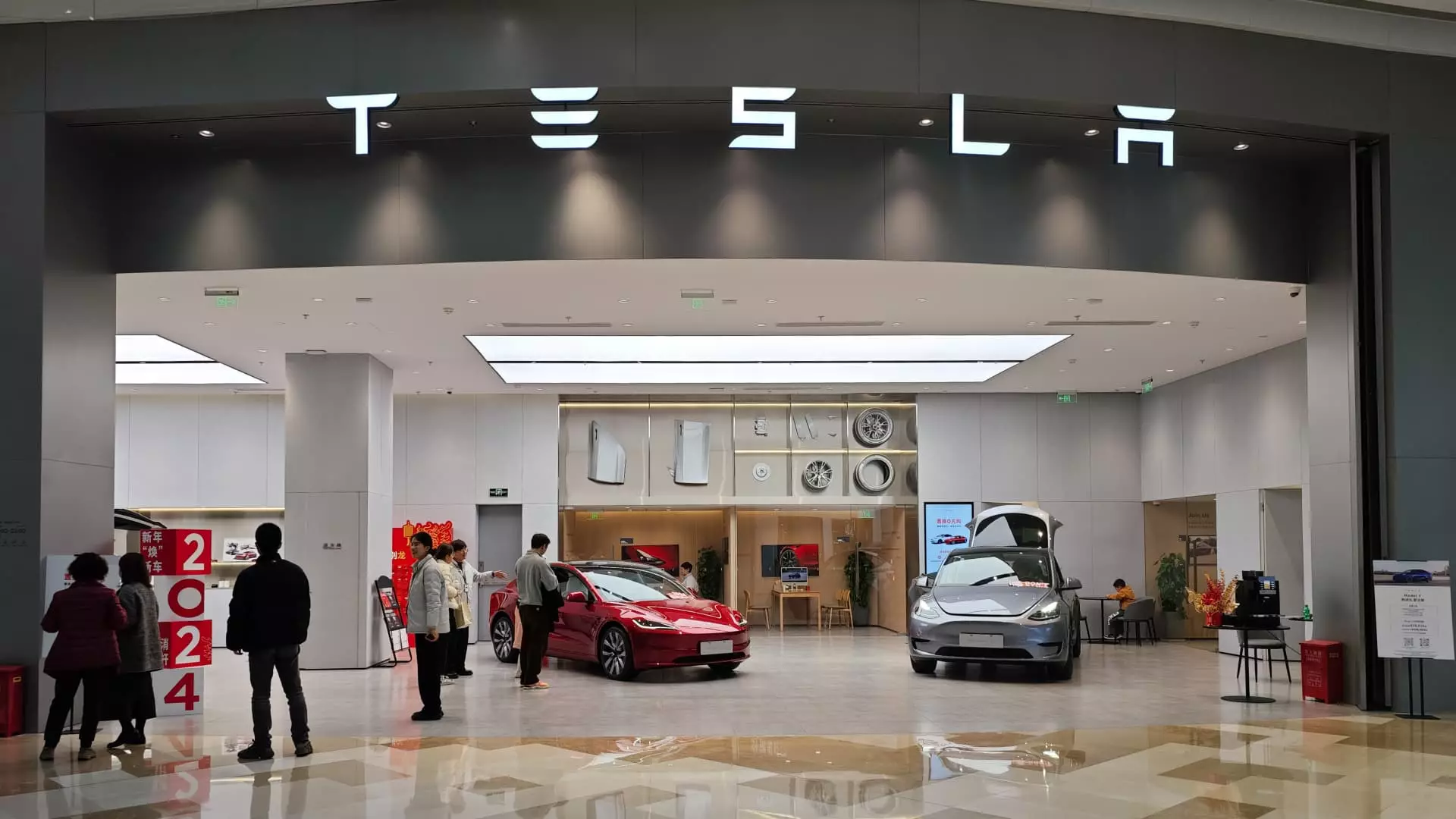Investors and enthusiasts alike have been buzzing about Tesla’s latest milestone in bringing its Full Self-Driving (FSD) service to China. However, according to Mark Hawtin, an investment director at GAM Investment Management, the excitement may be premature. Hawtin pointed out that Tesla’s FSD is not truly autonomous driving but rather an assisted-driver capability. This distinction is crucial in managing expectations about the capabilities of Tesla’s current technology.
In recent days, Tesla’s stock saw a significant jump following the removal of restrictions on its cars in China, allowing the company to move forward with its FSD plans in the country. Local Chinese authorities cleared Tesla after meeting data security requirements, leading to speculation that FSD would soon be available for Chinese consumers. This news, coupled with Elon Musk’s announcement of more affordable models by 2025, propelled Tesla’s stock to new heights.
Despite the excitement surrounding Tesla’s FSD rollout in China, it is essential to understand the limitations of the technology. Hawtin emphasized that Tesla’s FSD does not represent full autonomy and is still several years away from achieving that level. In a saturated market with fierce competition from companies like BYD, Huawei, and Xpeng, Tesla’s partnership with Baidu for mapping services may not give them the edge they hope for in the short term.
While Tesla has been offering its FSD technology in China for some time, it is crucial to note that the current capabilities are limited to features like automated lane changing. Tesla’s FSD is an upgrade to its existing Autopilot driver-assistance system and falls under the category of Level 2 automation. True autonomy, or Level 3 driving, is still a ways off according to industry standards.
While Tesla’s progress in bringing its Full Self-Driving service to China is significant, it is crucial to manage expectations about the current capabilities of the technology. Investors and consumers should be aware that Tesla’s FSD is not equivalent to fully autonomous driving and that the competition in the market is fierce. As Tesla continues to work towards true autonomy, it will be interesting to see how the company navigates the challenges and opportunities in the rapidly evolving autonomous vehicle industry.


Leave a Reply